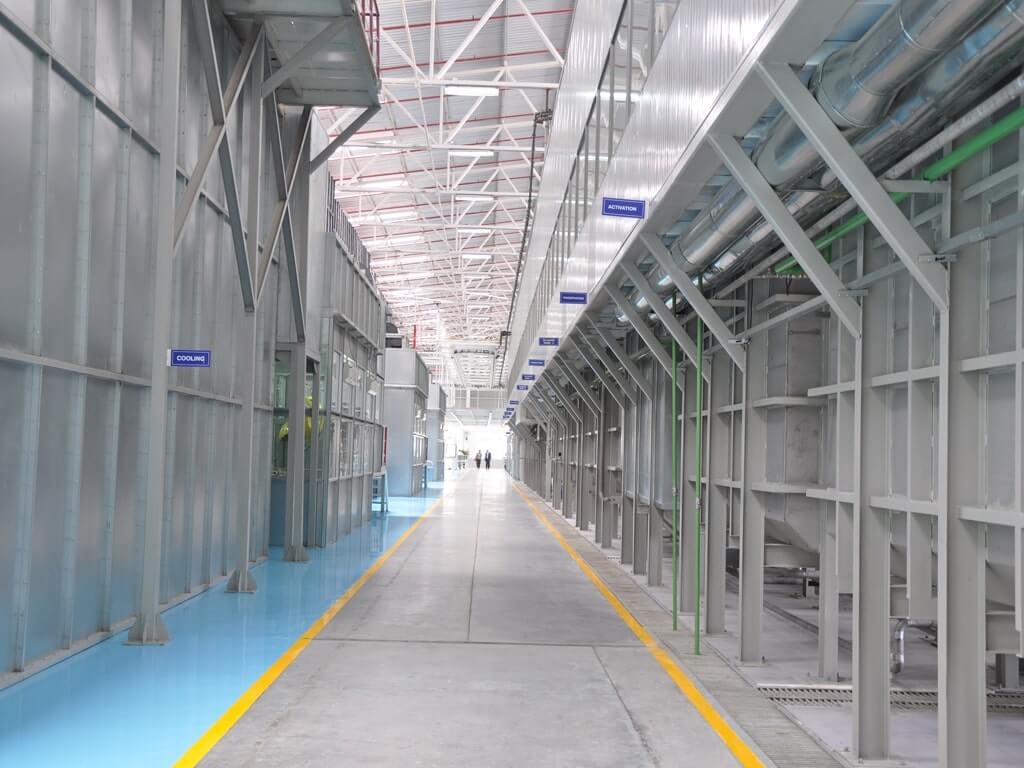
Industrial Ovens Their Different Types and Applications
An industrial oven is a heated chamber used for many heat treatment procedures. They can work in a variety of workstation configurations and at extreme temps. They come in a variety of categories to accommodate a variety of thermal processing applications. Industrial ovens are also used in the automobile, aerospace, oil and gas, chemical processing, food manufacturing, and electronics industries.
Industrial ovens are processing tools that increase the durability and strength of materials. Baking, drying, heating, curing, and other production processes all need industrial ovens. Because it achieves the intended consequence, heating the substance helps to accelerate the desired chemical process.
The heat sources are essential to the operation of an industrial oven. Ovens must have heat to function properly. The main energy sources that produce the proper heat level include heat, electricity, steam, ultraviolet light, direct gas, indirect gas, oil, and hot water.
Types and Applications of Industrial Ovens
In the heated chambers of industrial ovens, various heat treatment techniques are carried out. The walk-in ovens in any factory are quite important. Industrial ovens typically come in three different varieties, each of which has advantages and downsides.
Batch Oven: An industrial heating appliance termed a walk-in or batch oven is used to heat numerous items simultaneously at a consistent temperature. It is straightforward to switch between product categories because the batch is placed in the oven on a cart or tray.
Drying Ovens: A drying oven is intended to eliminate any moisture from the raw material placed within it. These industrial ovens go through a three-stage procedure. The first step is the heat-up when the material is heated to the temperature necessary to remove the moisture in the material in a set amount of time. The following stage is the soak, in which the material is left to soak in the heat for a set amount of time. Finally, the oven contains a cool-down step in which heated air is expelled from the oven, and colder ambient air is introduced. Sterilization, temperature-sensitive experiment incubation, and testing can all be done in drying ovens.
Continuous Oven: As its name suggests, a continuous oven is used in industrial applications where it's necessary to heat the same product uniformly. To expedite the process, it includes several heating and cooling chambers.
Curing Oven: When curing, heat speeds up a chemical reaction. This reaction is brought about by heating a raw material in a curing oven to a specific temperature. Rubber, adhesives, and coatings are just a few raw materials heated in industrial ovens to cure them.
A wide range of manufactured goods is baked or cured in an industrial oven. This includes curing different coatings on various goods and firing pots and ceramics for aesthetic and structural purposes. Many industrial products are coated with powder or liquid before being baked in a large, high-temperature industrial oven. A chemical reaction occurs in the coating when an item is exposed to high heat for a long period, hardening it or producing another protective layer.
Looking for the Top Suppliers?
Trutek Systems is one of the leading Industrial Oven System suppliers in India. To meet our client’s expectations in various industries, we build and provide industrial ovens. High-performance ovens from Trutek can withstand temperatures of up to 300 degrees Celsius. Our ovens are designed to enhance energy efficiency and safety while reducing expenses. They are ideal for curing materials of different shapes and thicknesses. For further security, every oven has a temperature controller and an interlock.
Please visit our website or contact us anytime to learn more about our industrial ovens or place an order.

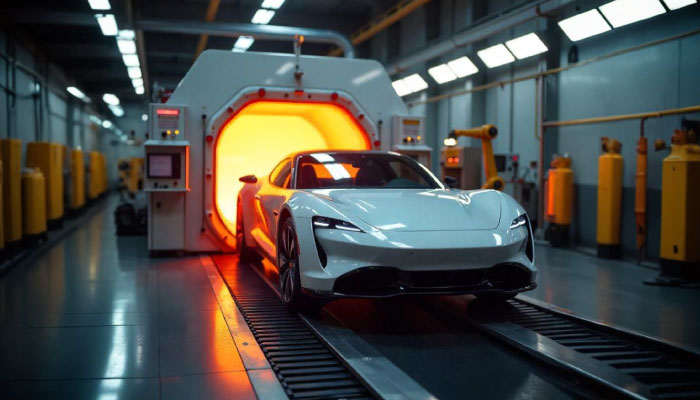
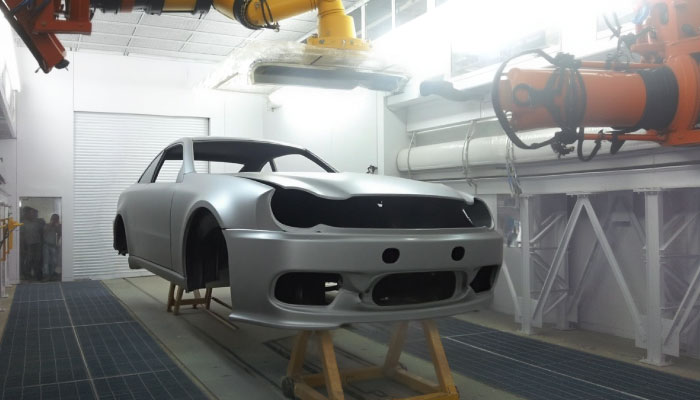
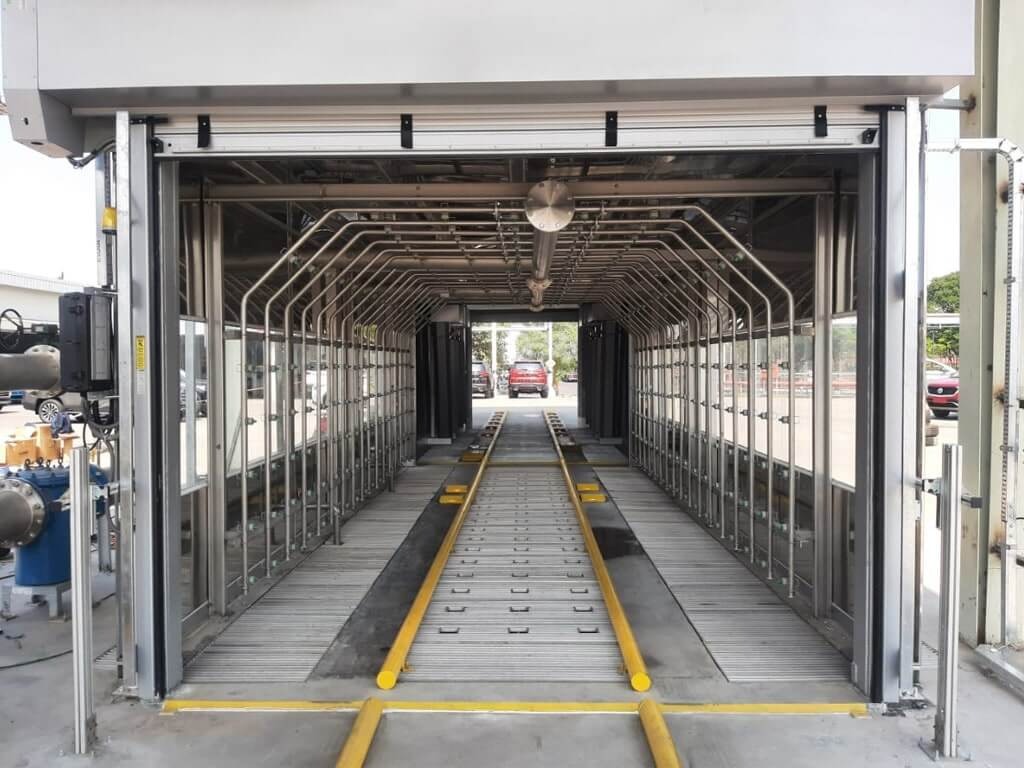
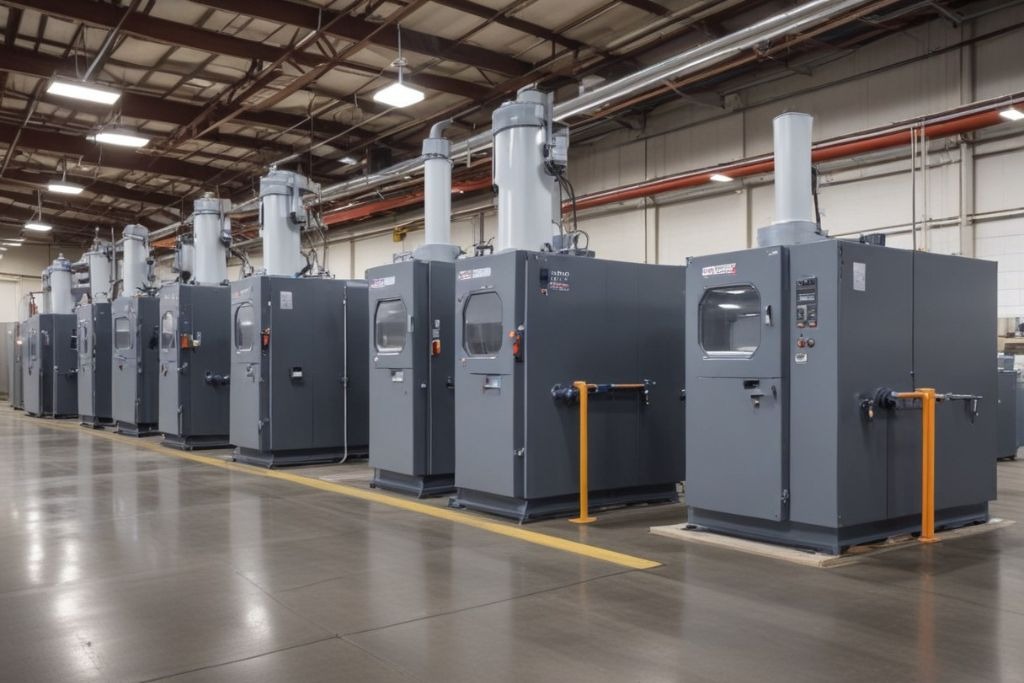
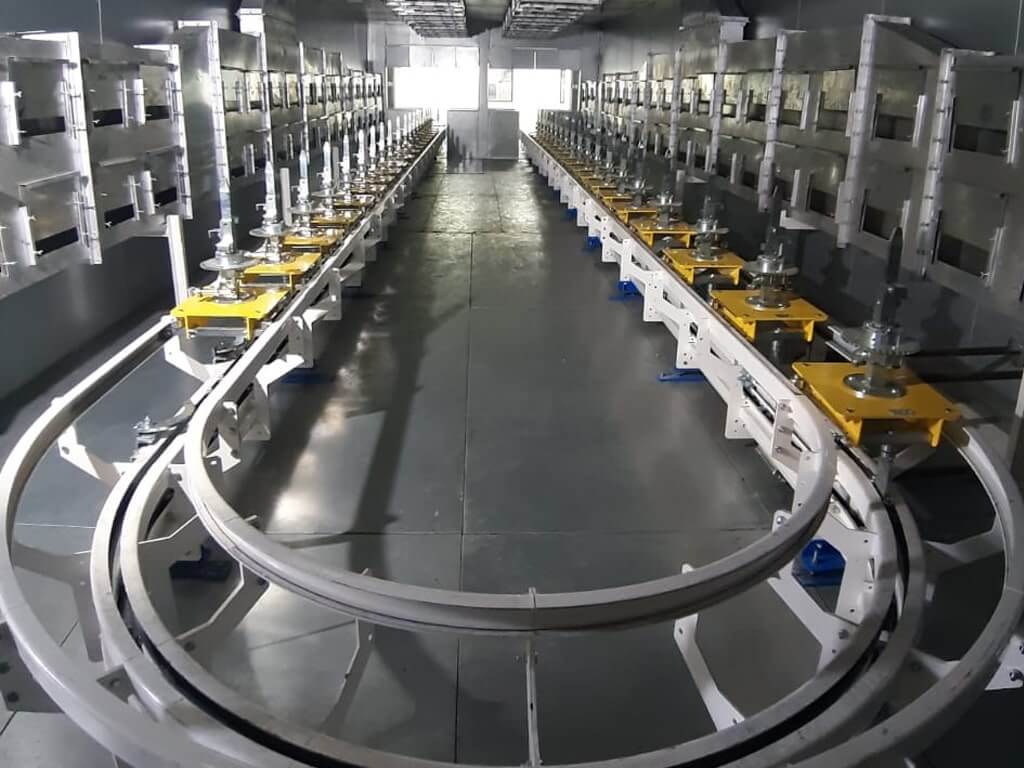
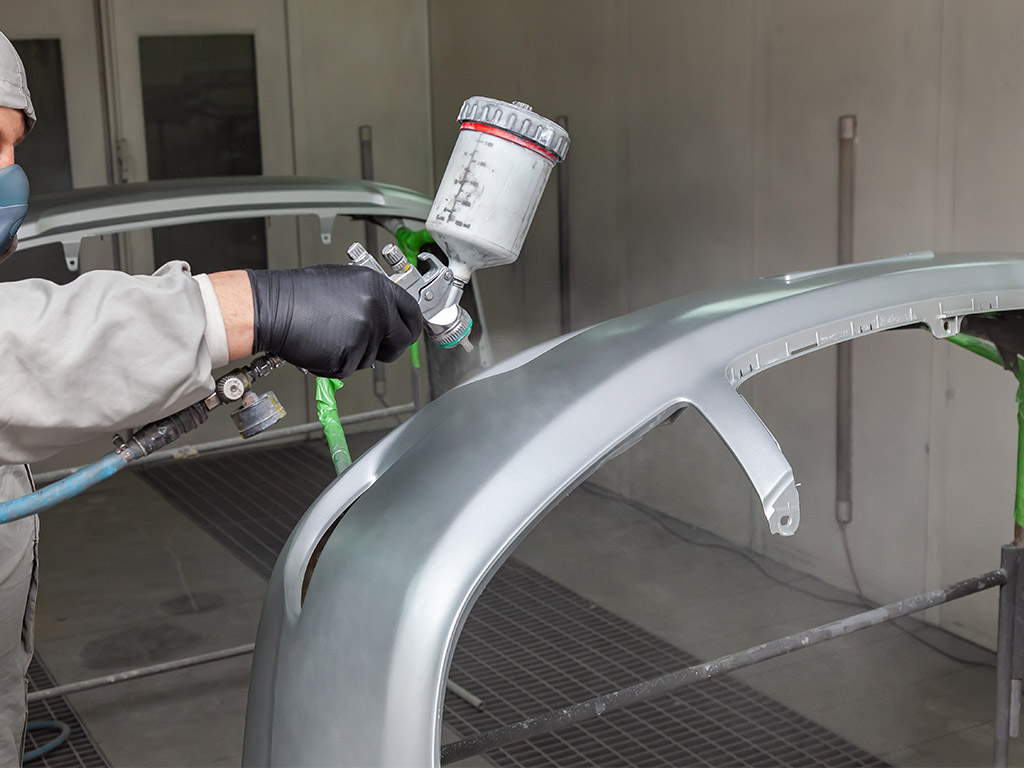
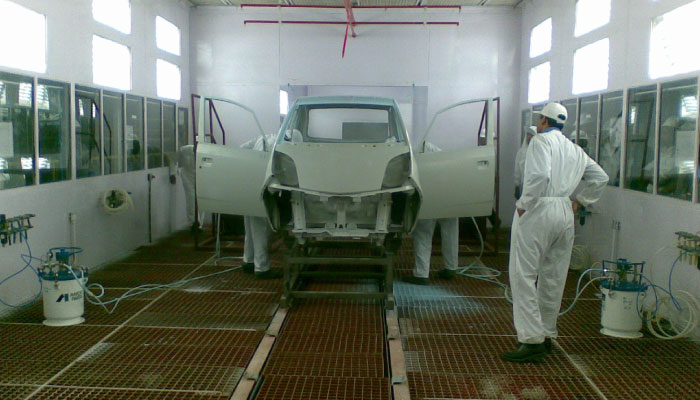
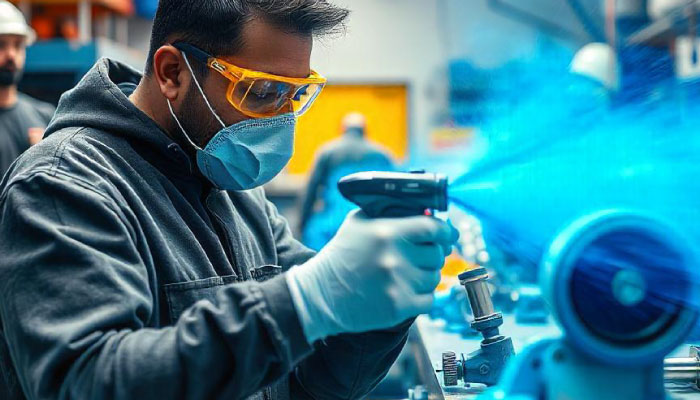
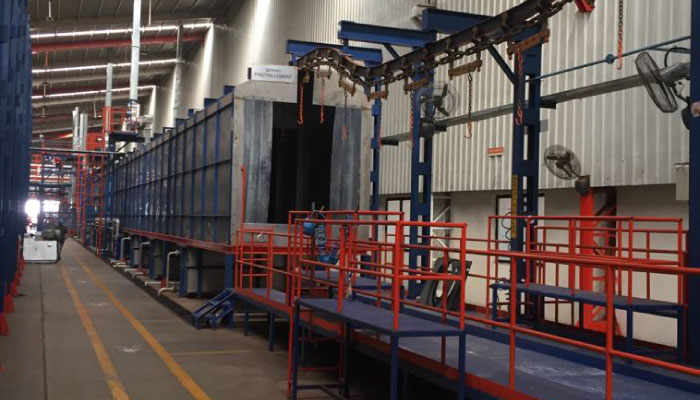
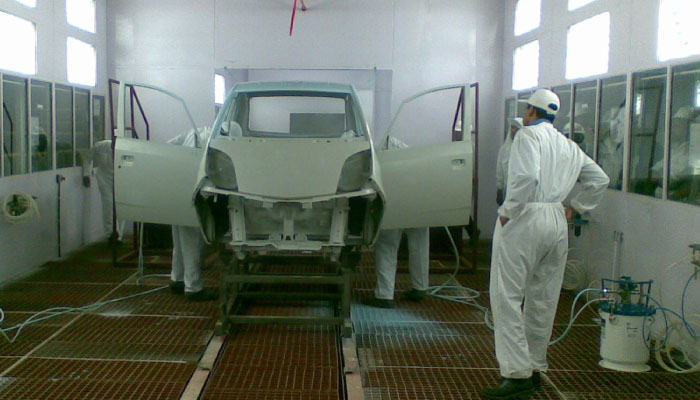
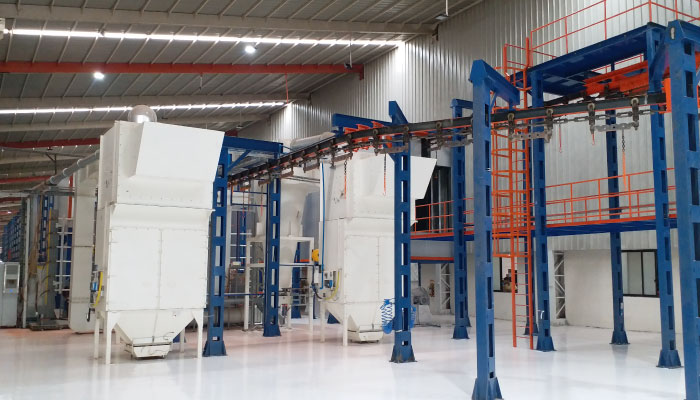
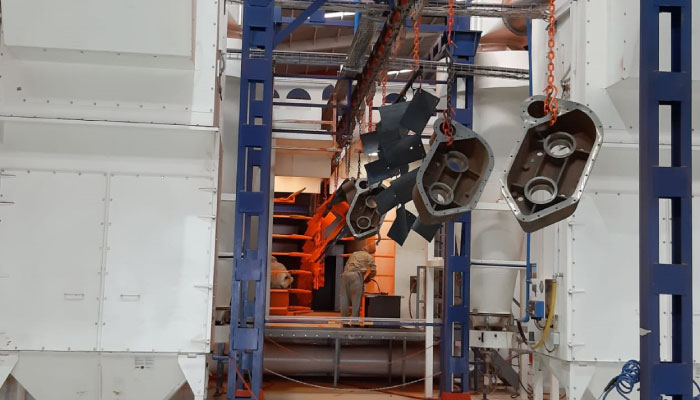
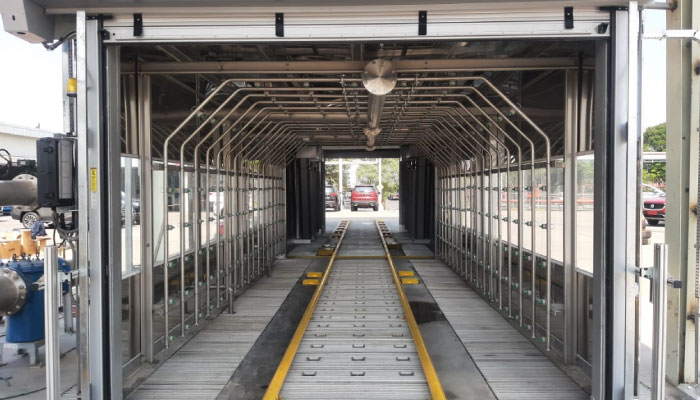
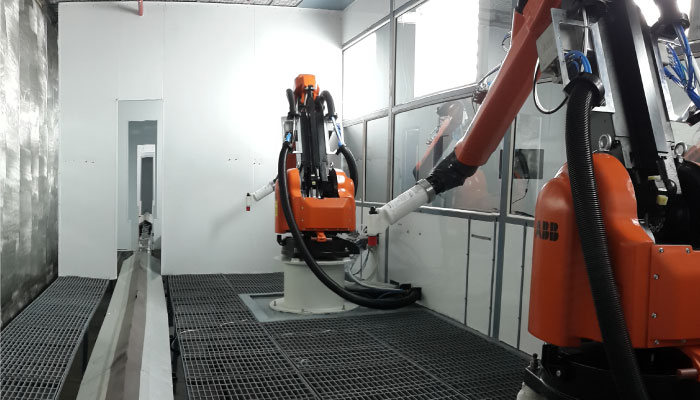
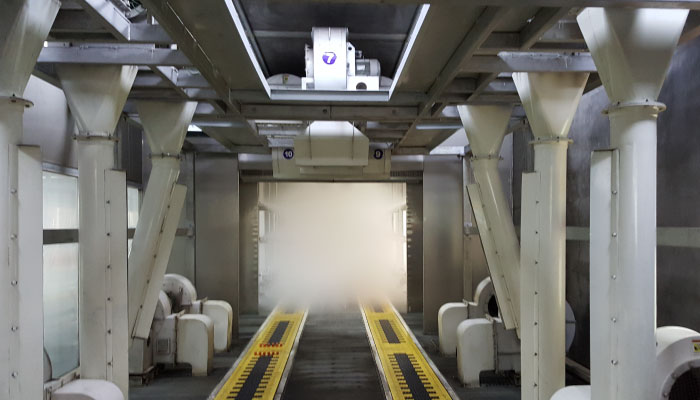
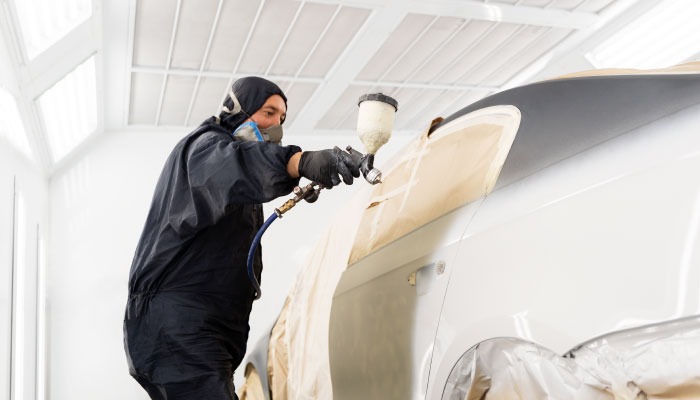

.png)
.png)
.jpg)
.png)
.jpg)
.jpg)
.jpg)
.jpg)
.jpg)
.jpg)
.jpg)
.jpg)
.jpg)
.jpg)
.jpg)
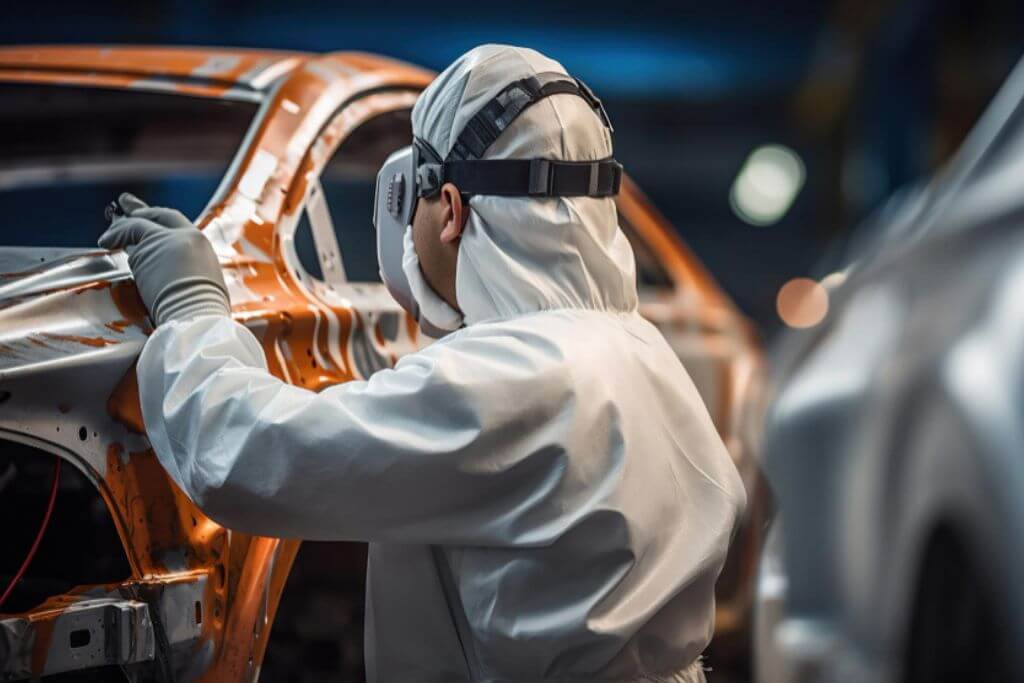
hh.jpg)
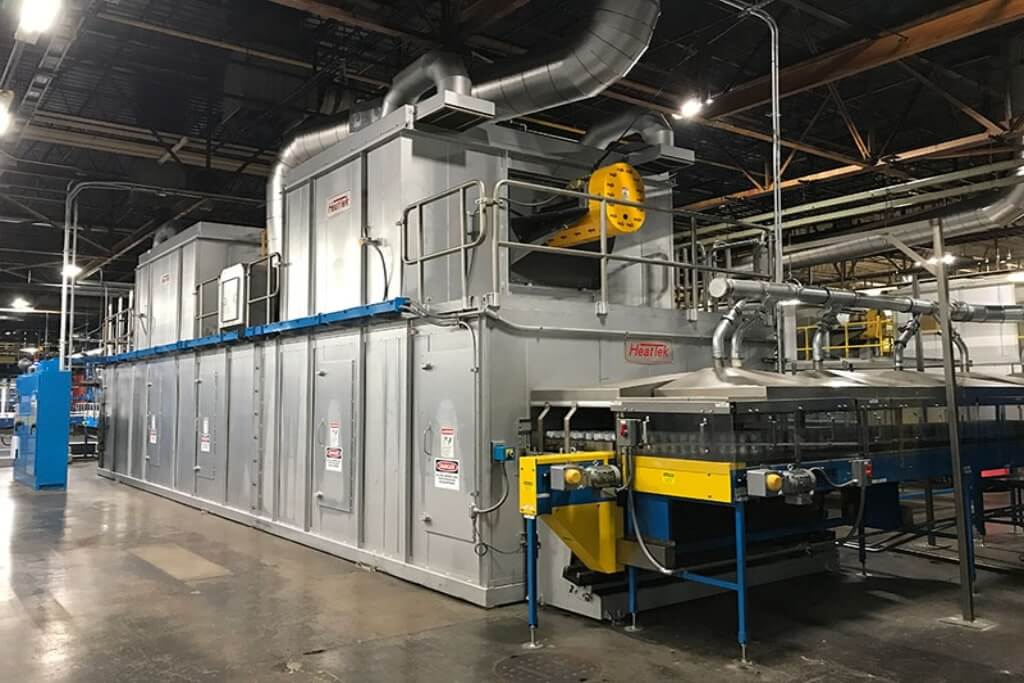
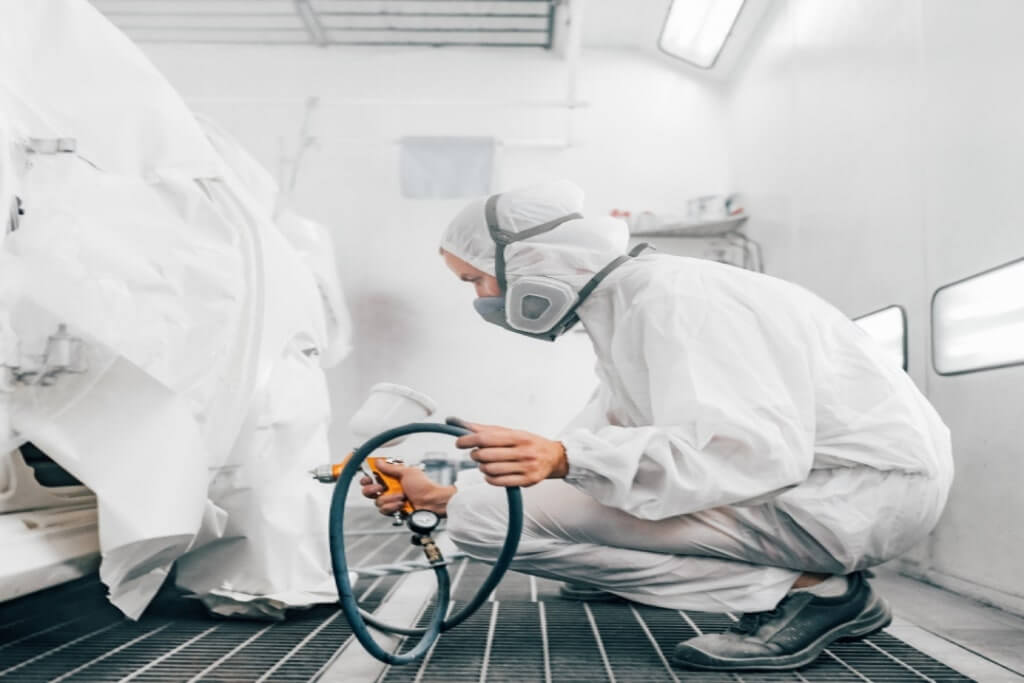
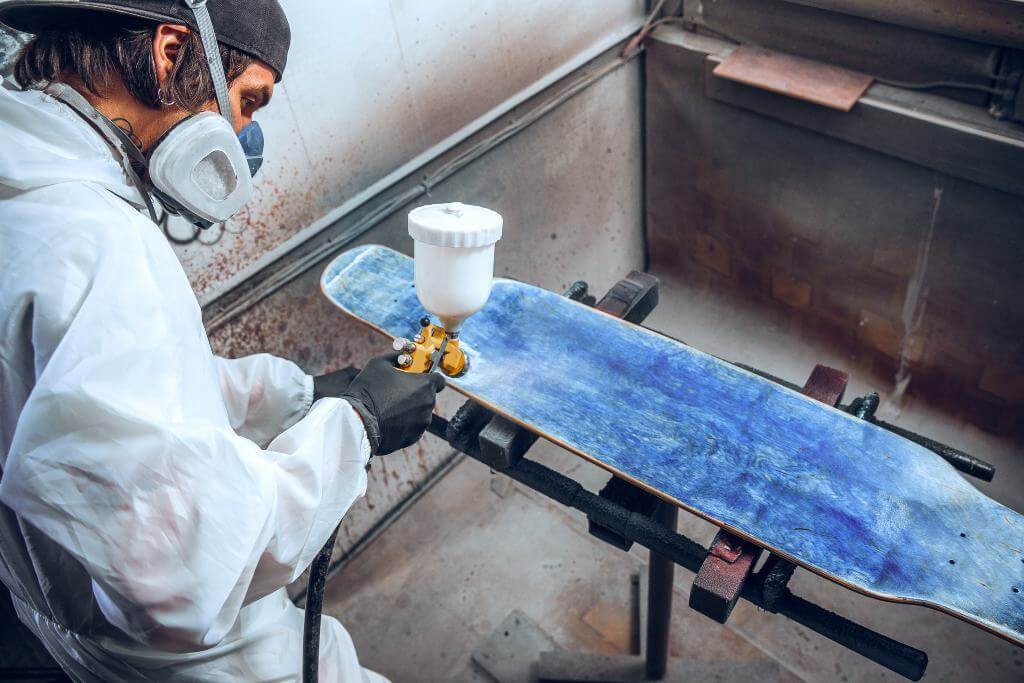
5.jpg)
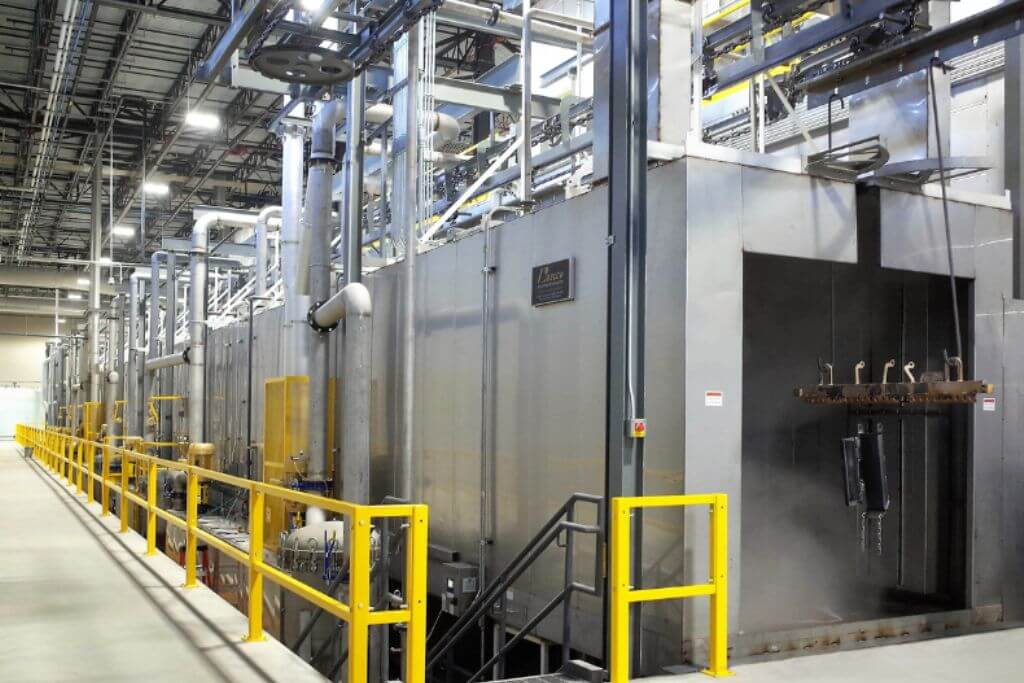
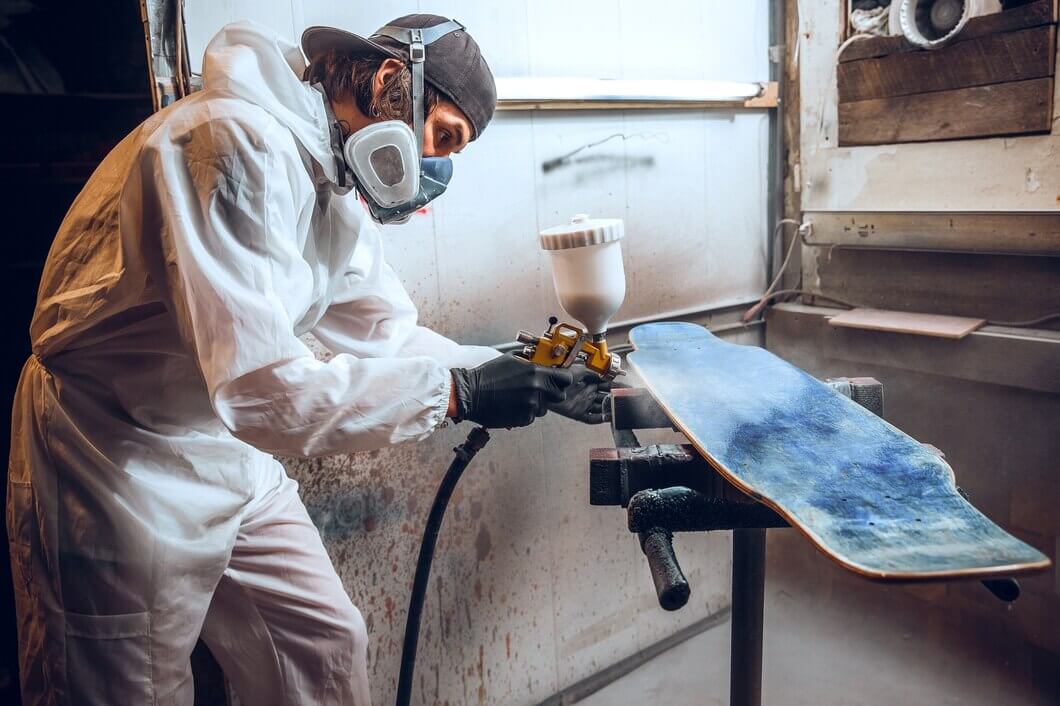
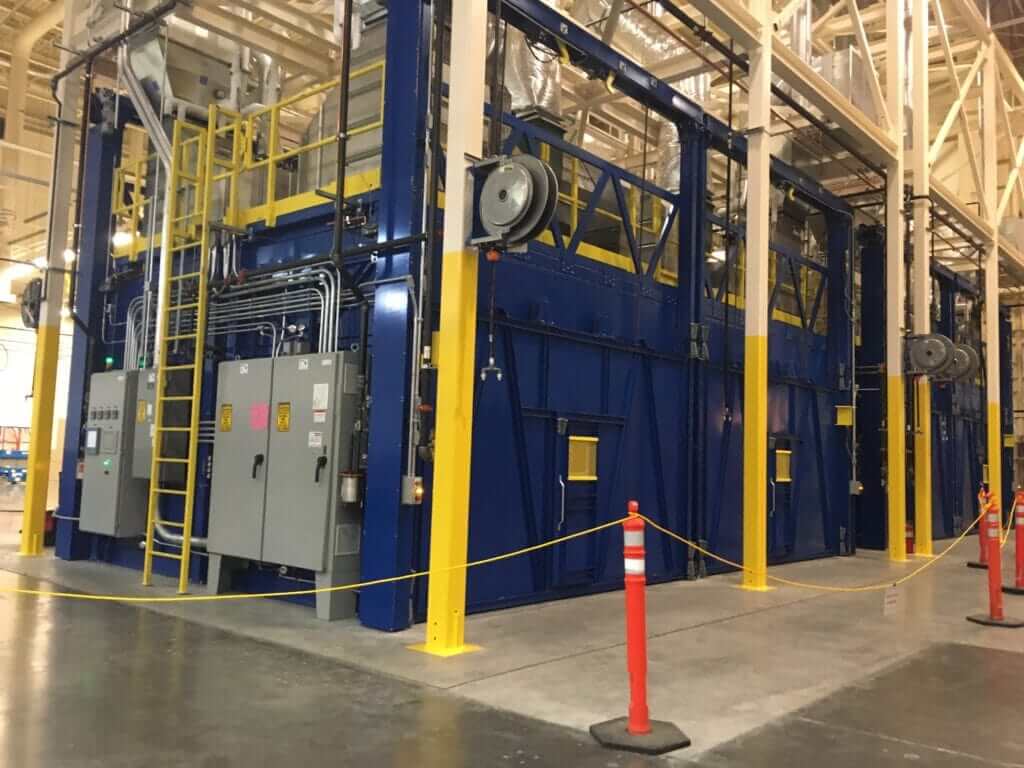
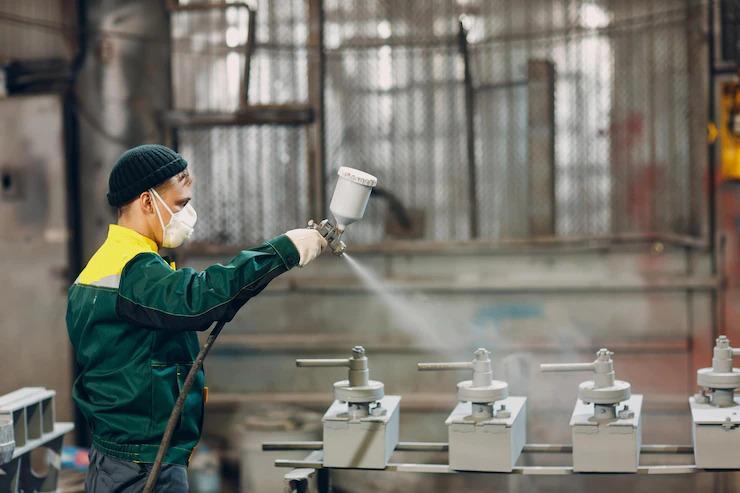
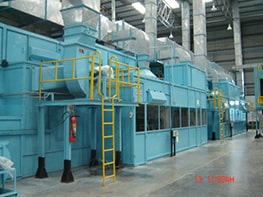
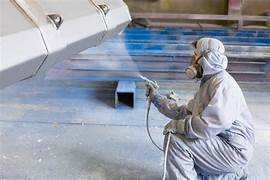
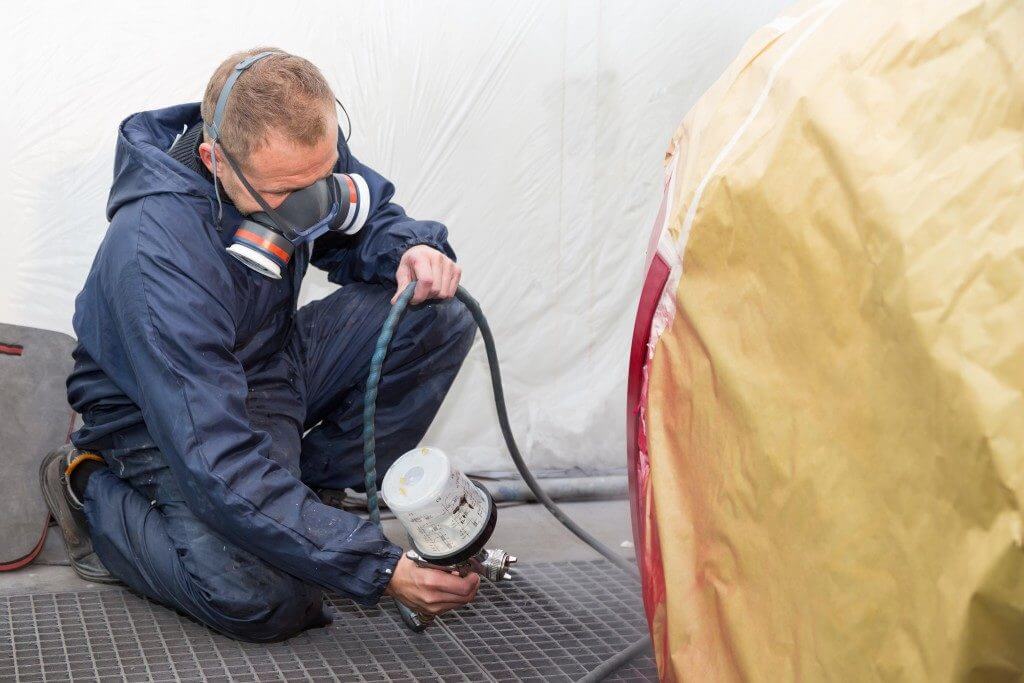
.jpg)
.jpeg)
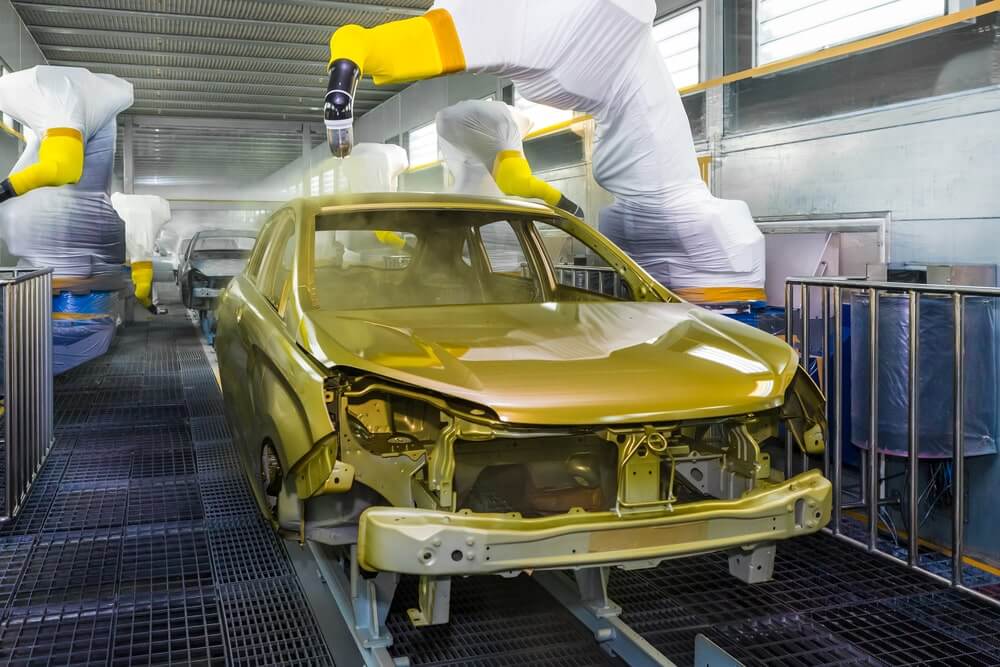

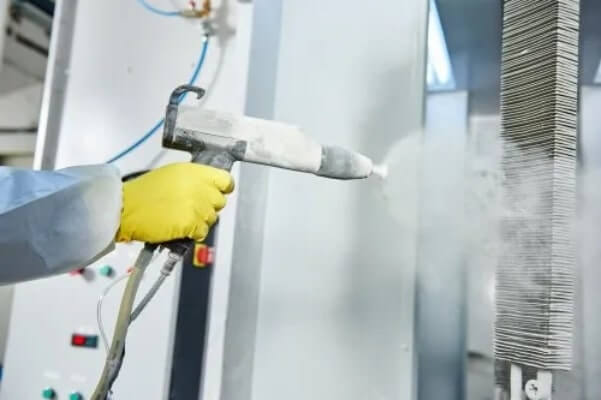
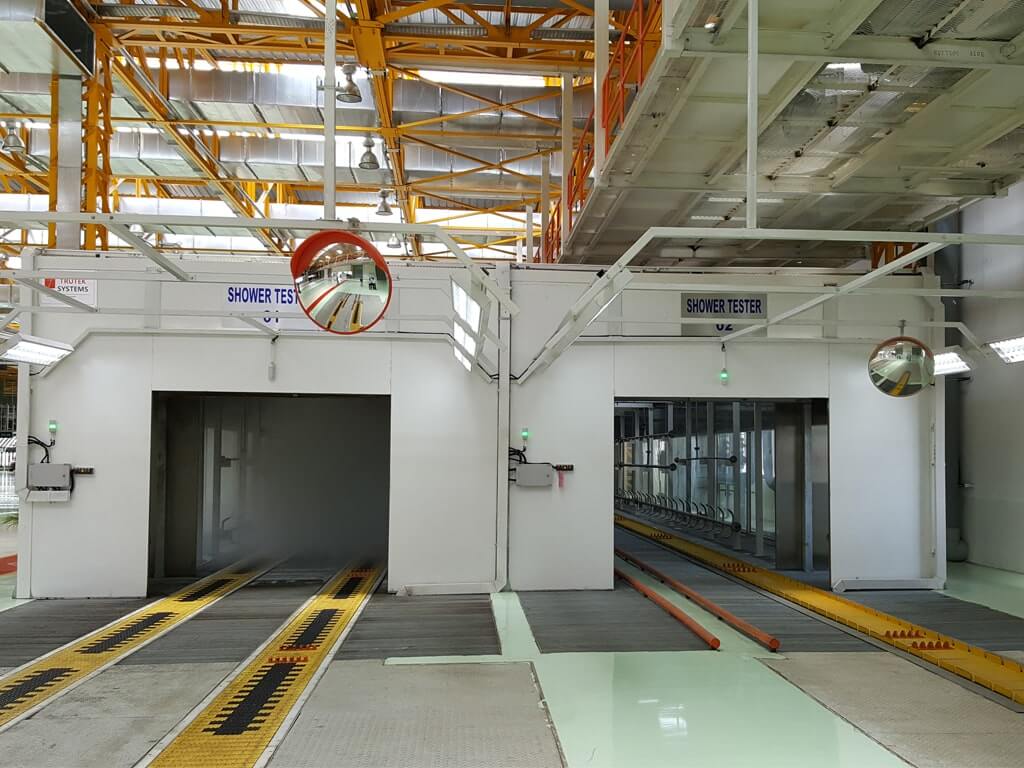
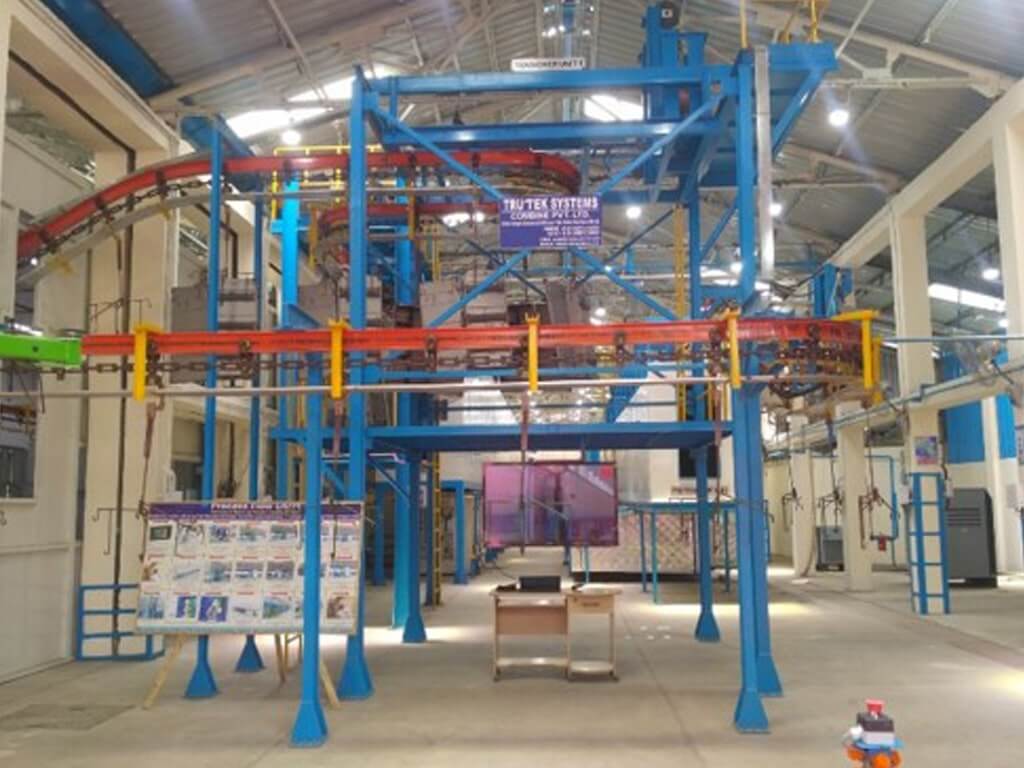
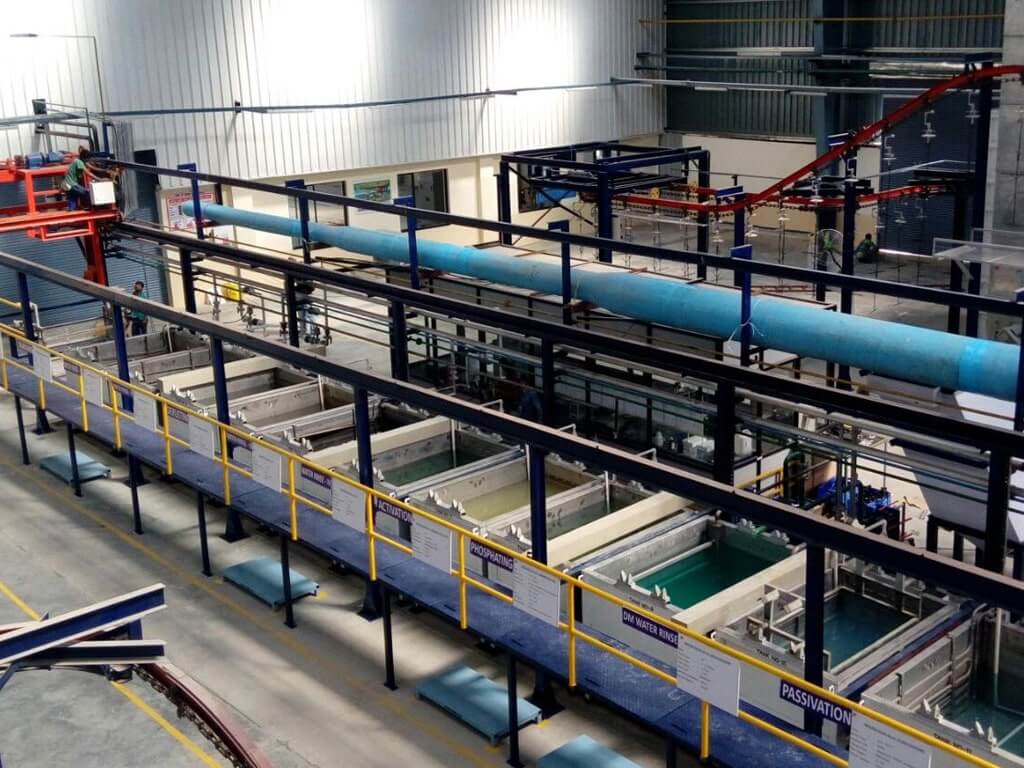
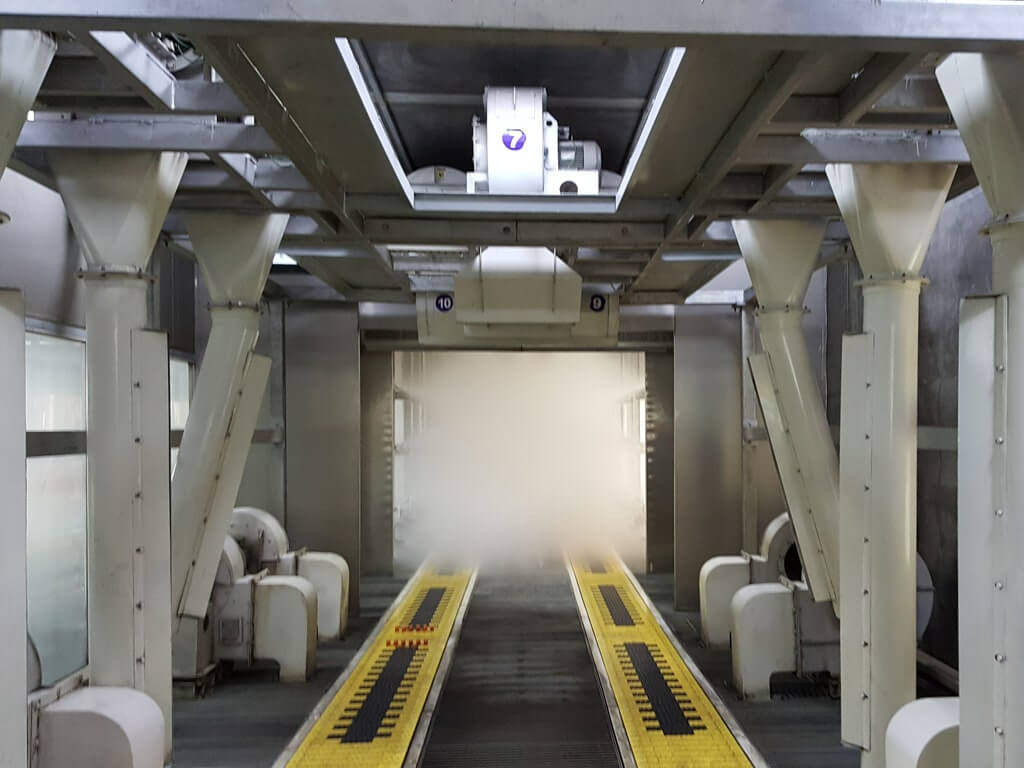
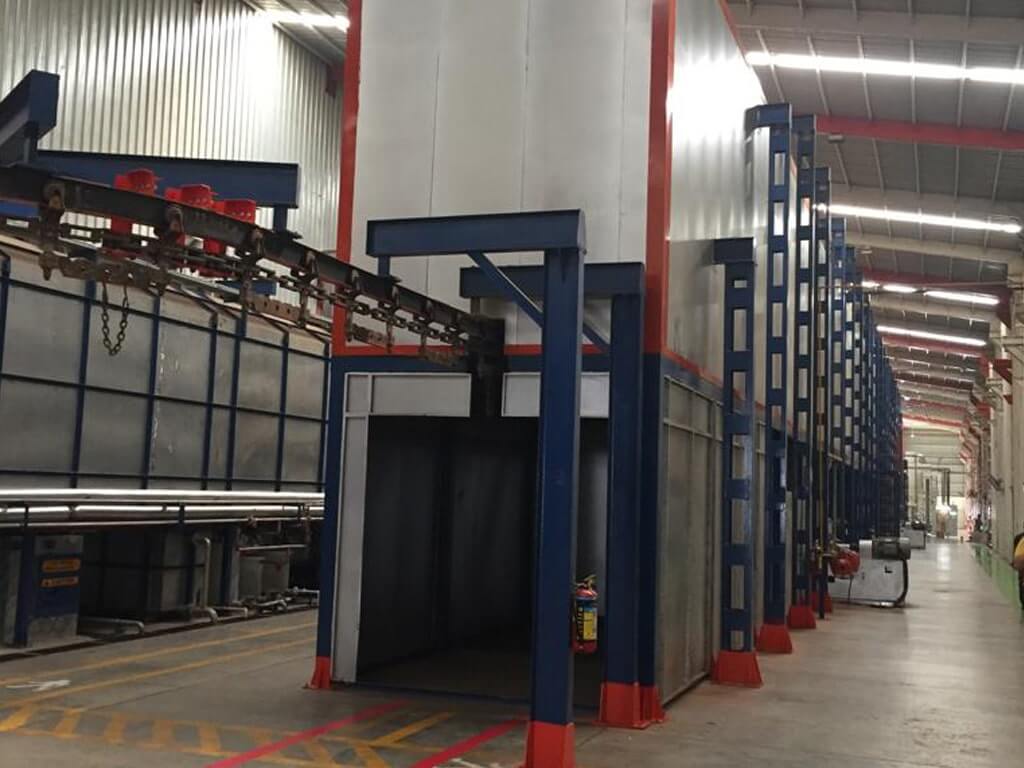
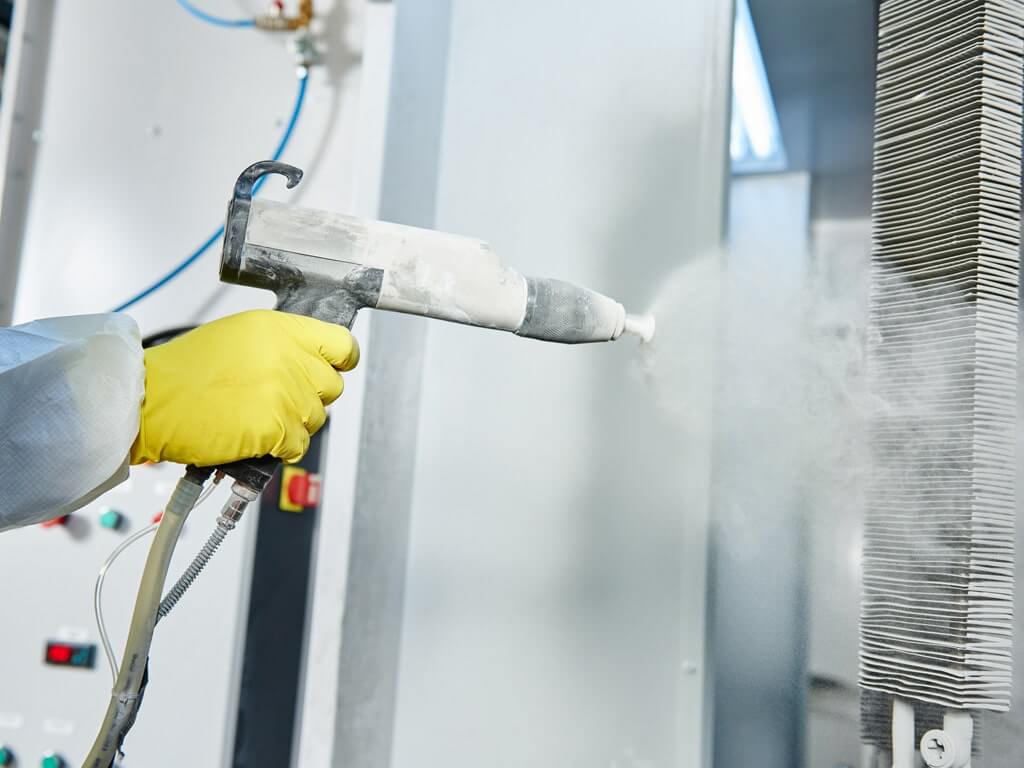
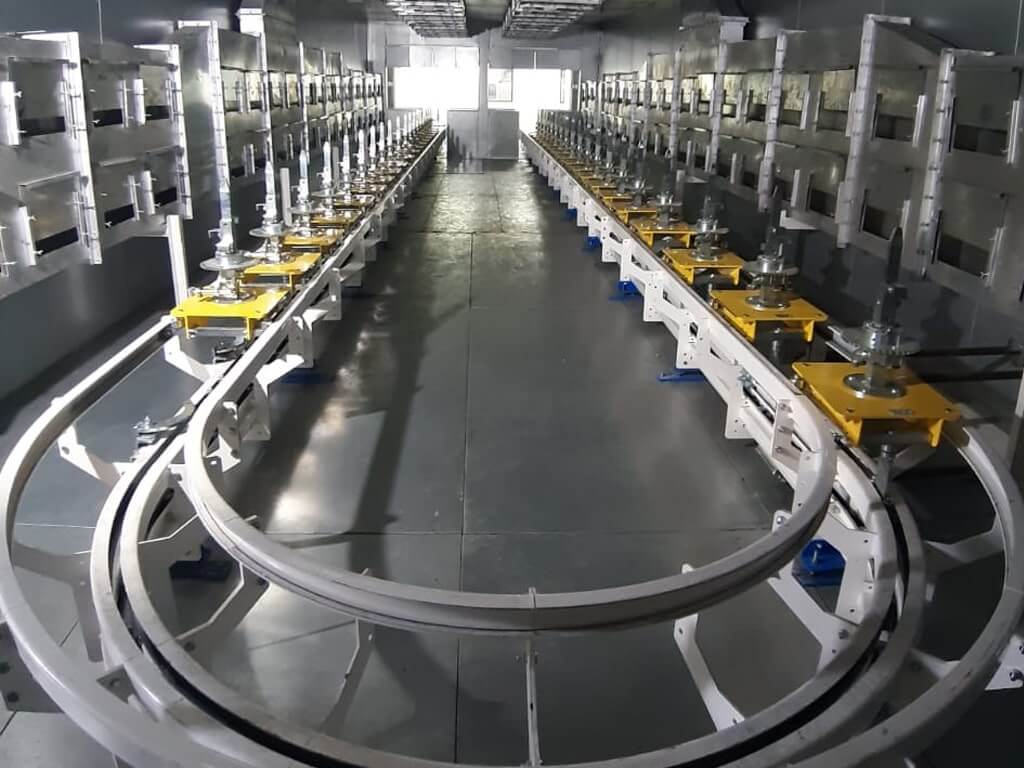
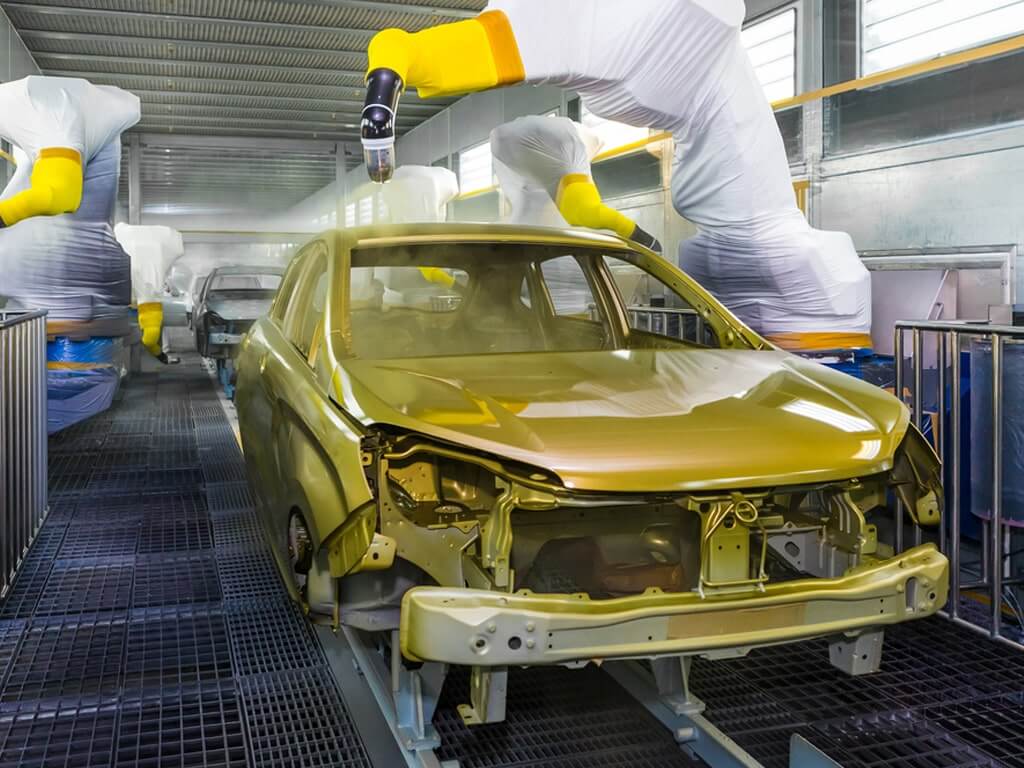
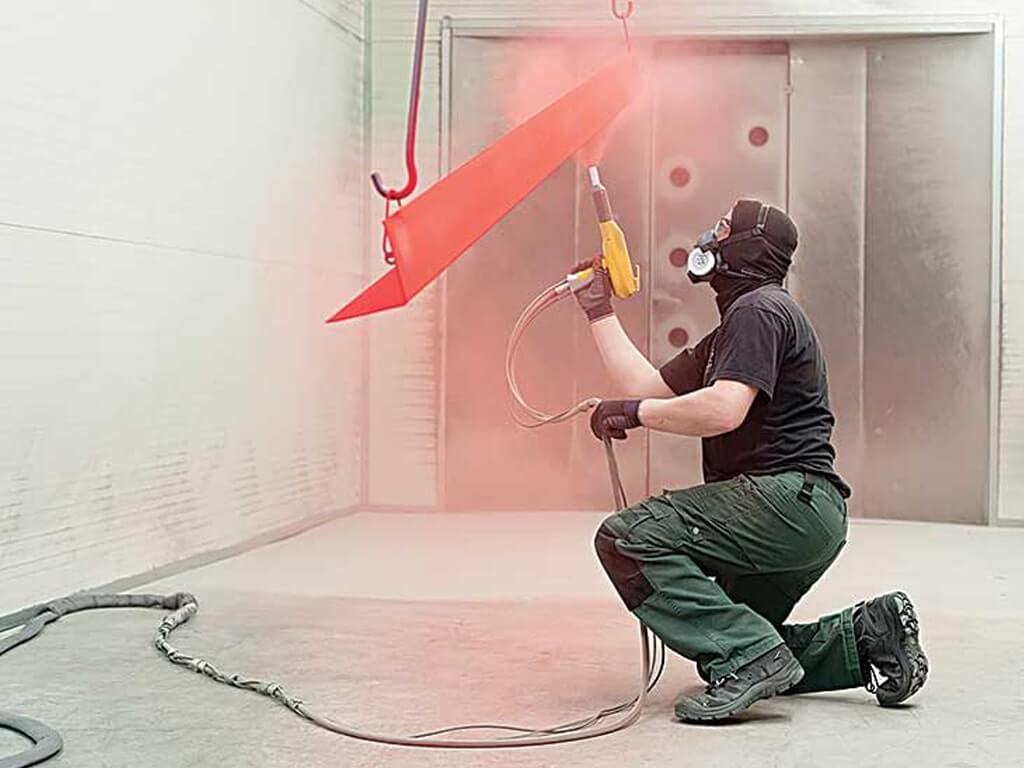

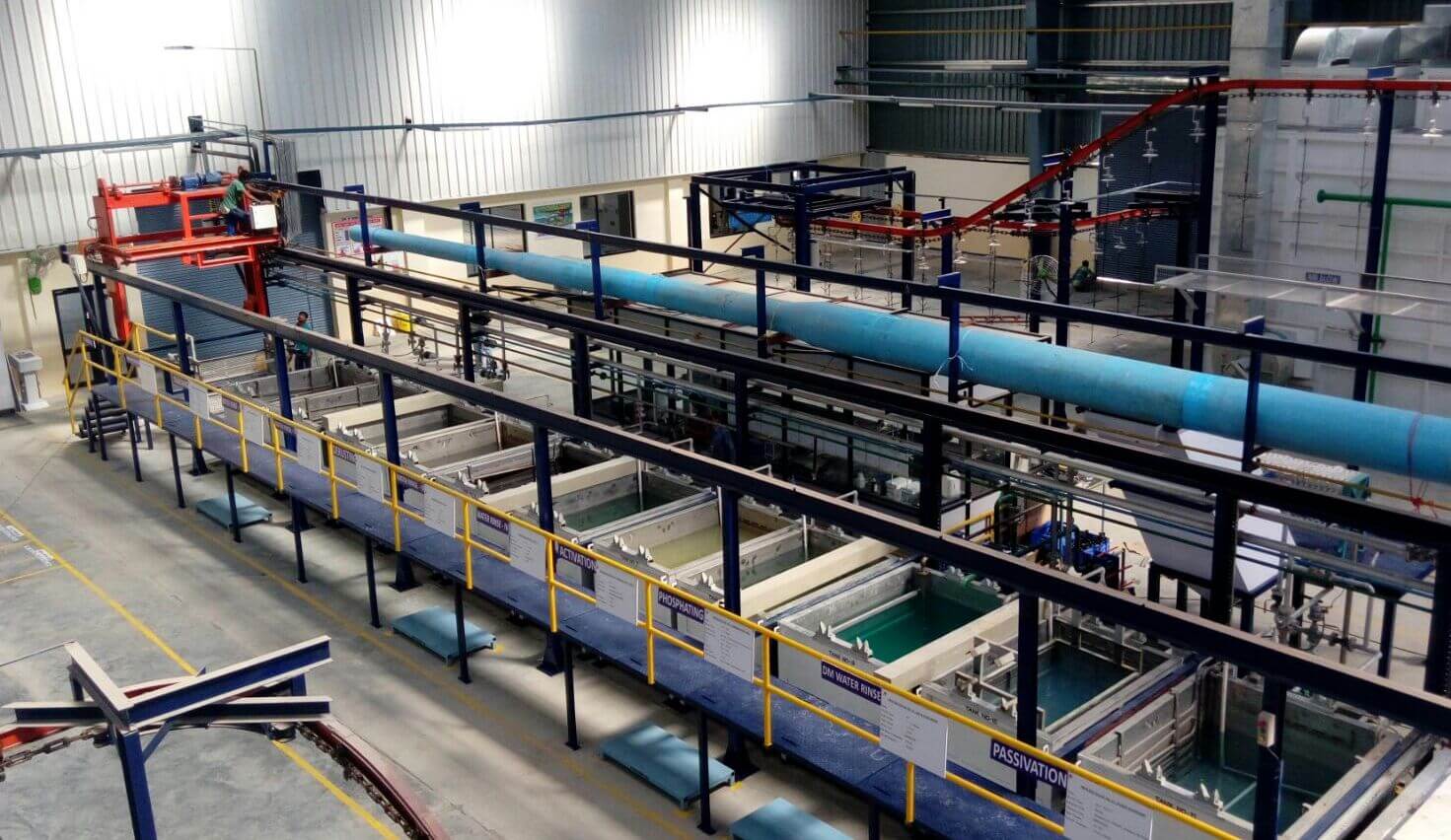
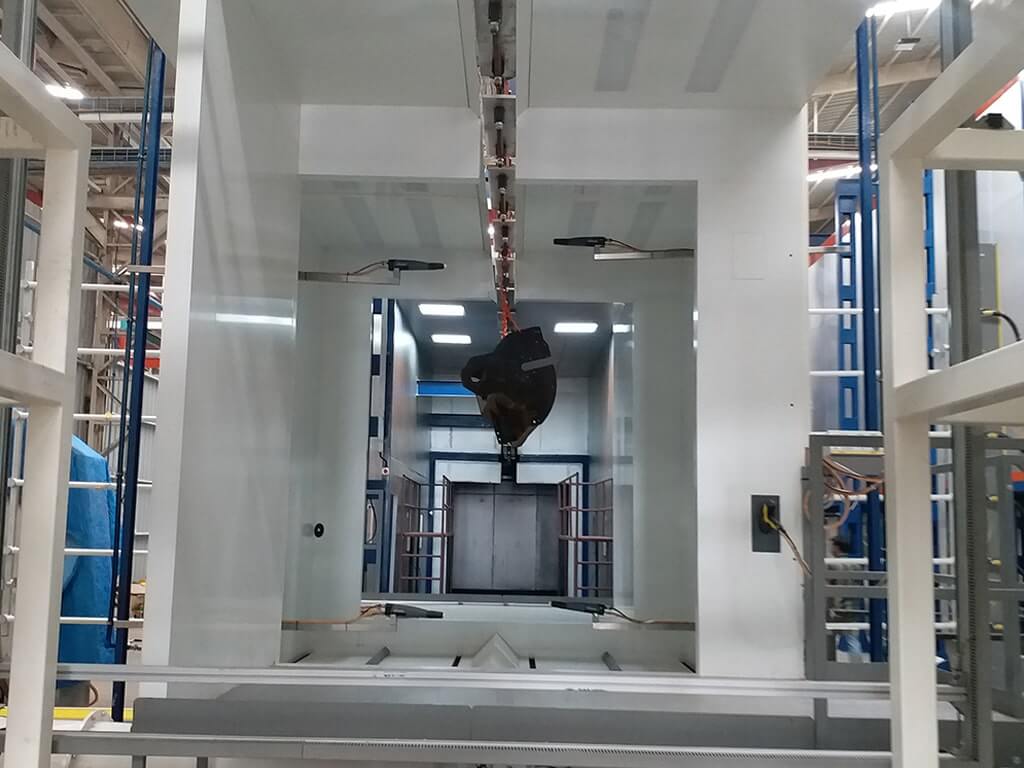
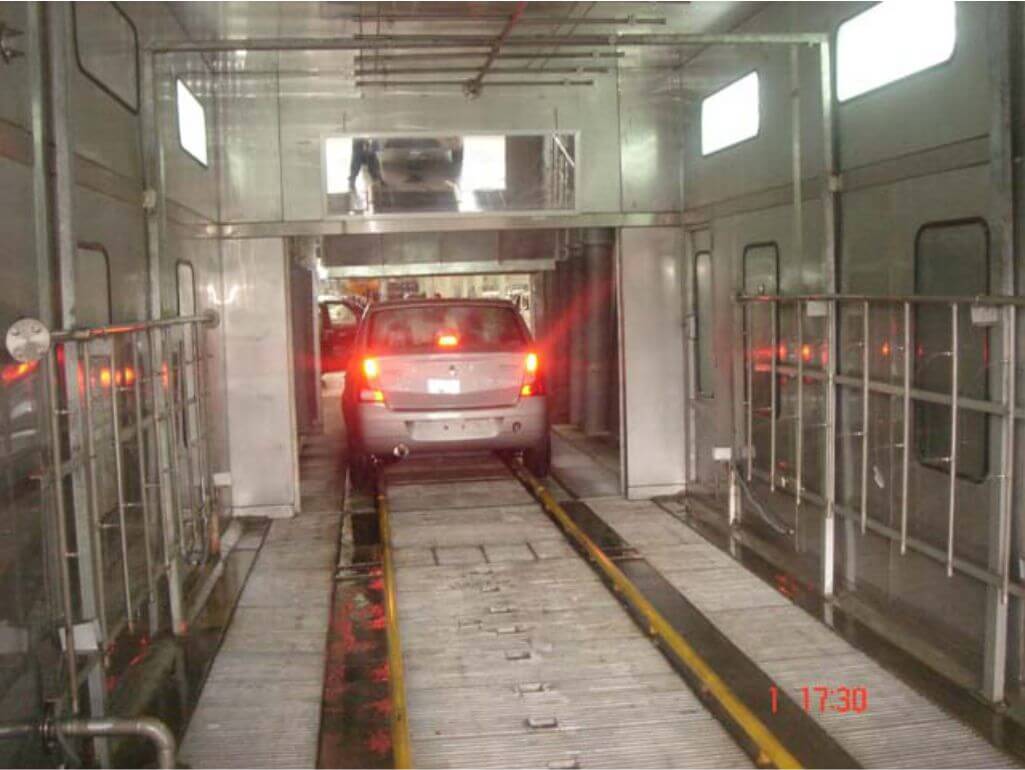
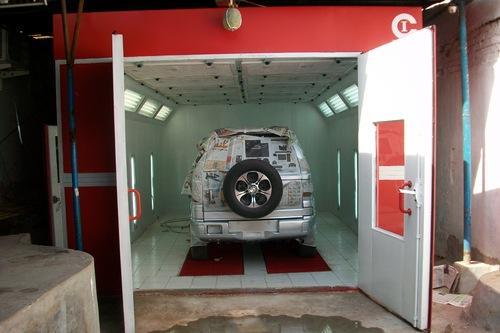
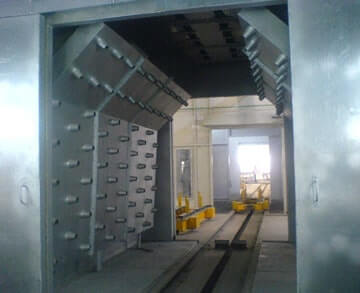

Leave a comments